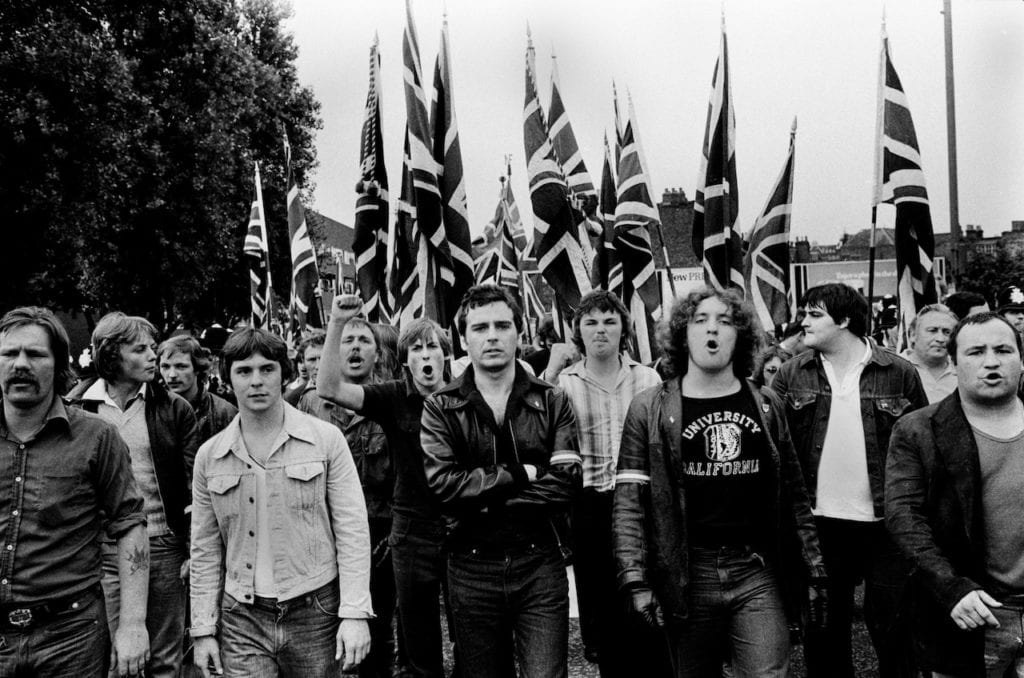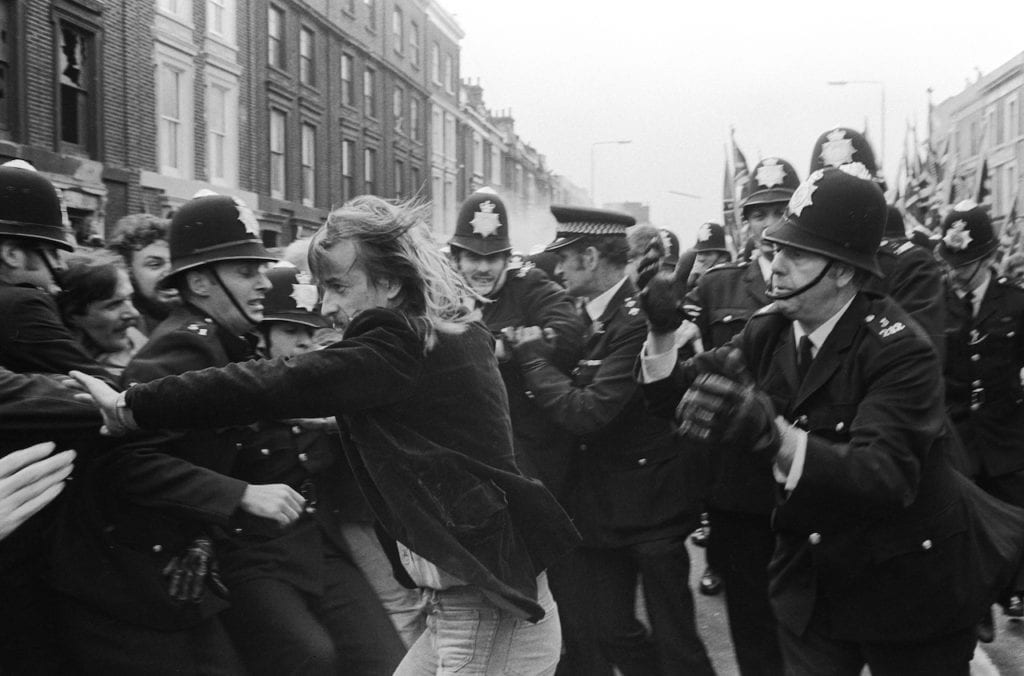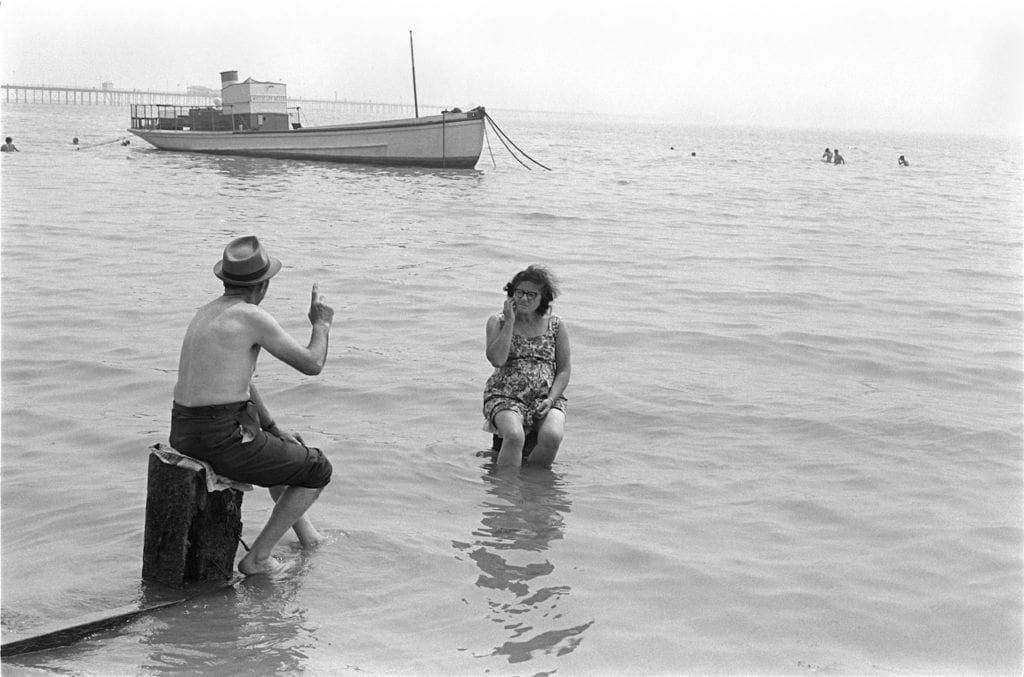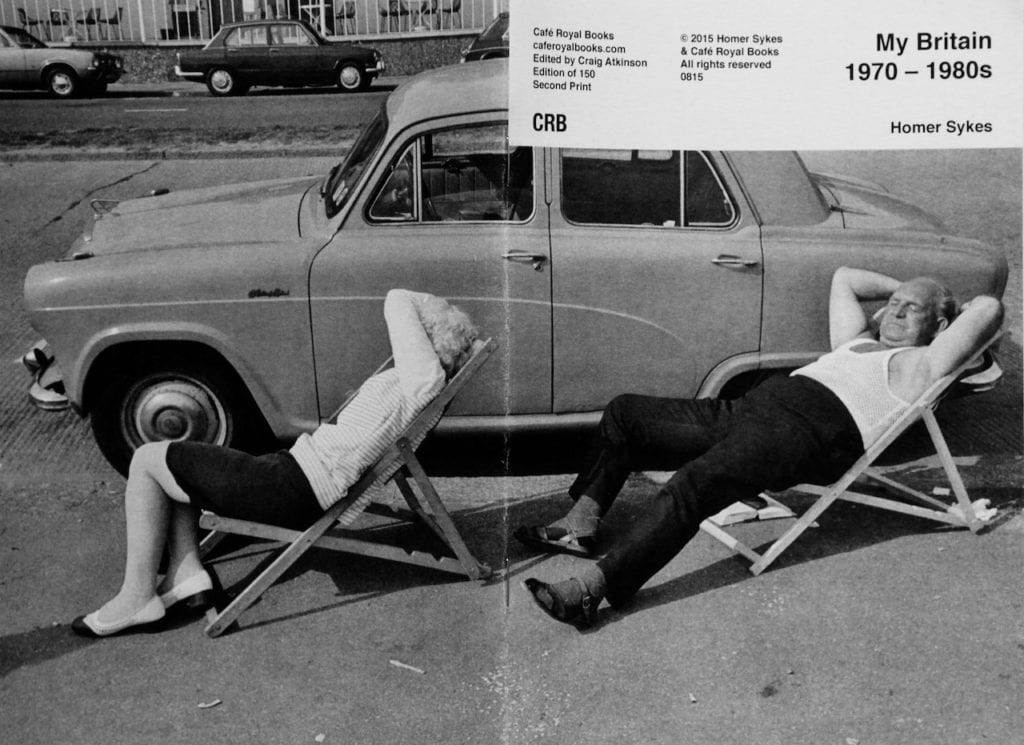For 50 years, Homer Sykes has been documenting British society, beginning his career in the mid 1960s after finding his passion for social commentary while at college in London. Now his work is to be featured in a new Burberry show, Here We Are, a major exhibition featuring images by over 30 social and documentary photographers.
For Sykes, this is the culmination of the work that has inspired him for half a century – shooting ordinary people in their daily lives. “I am interested in life,” he explains, ahead of the show’s opening. “I try and produce content-led, graphic clarity that includes context, extracted from the everyday visual disarray.”
His collection, My Britain 1970-1980, was reprinted in its fourth edition earlier this year through Cafe Royal Books, proving to be a successful series following a one-man exhibition at Les Douches La Galerie in Paris in 2015. The photobook takes in communities across the country during what Sykes describes as a slower era.
“These photographs illuminate a way of life, a slower pace. It was the way we were,” Sykes elaborates. “The images have content. It was a time before everyone had a hand-held device, when families sat around the table together for a meal. Society was moving forward and developing at a manageable speed. Social media didn’t exist. There was no fake news.”
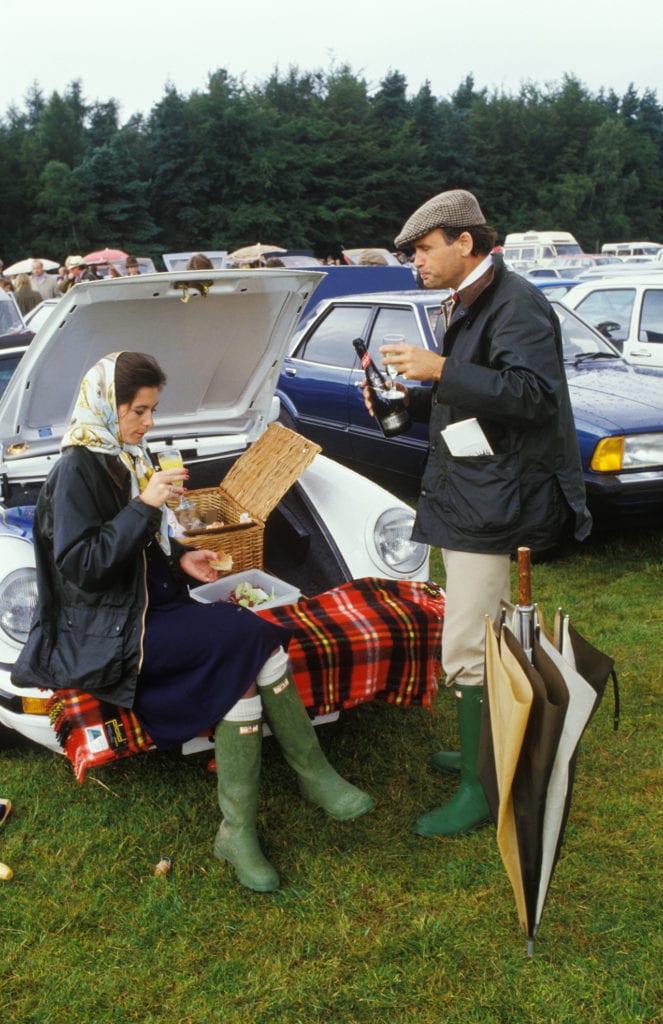
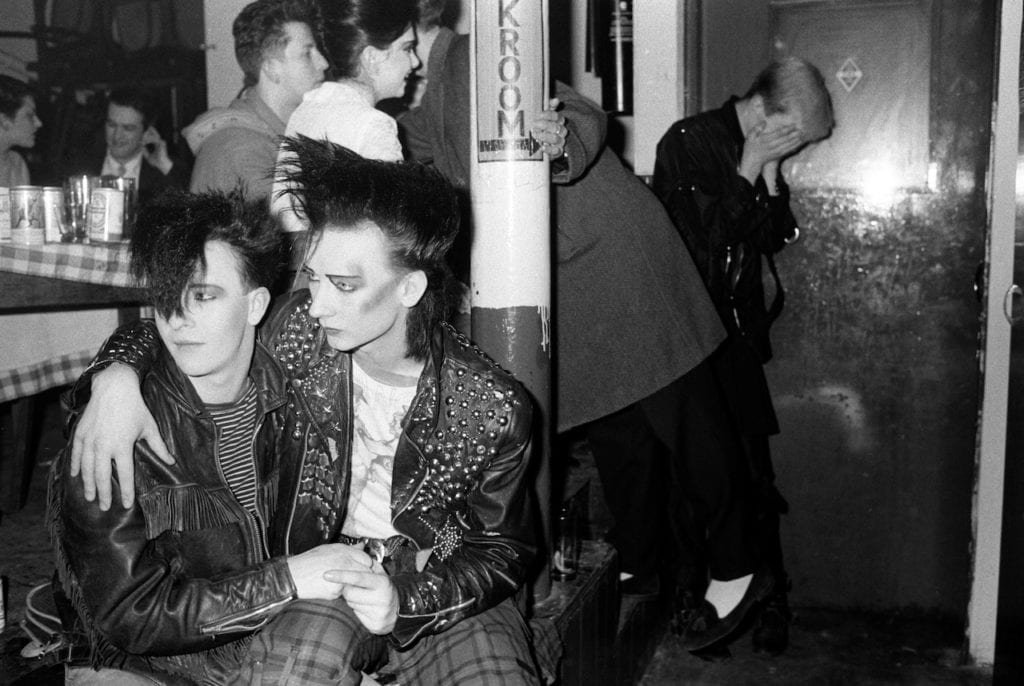
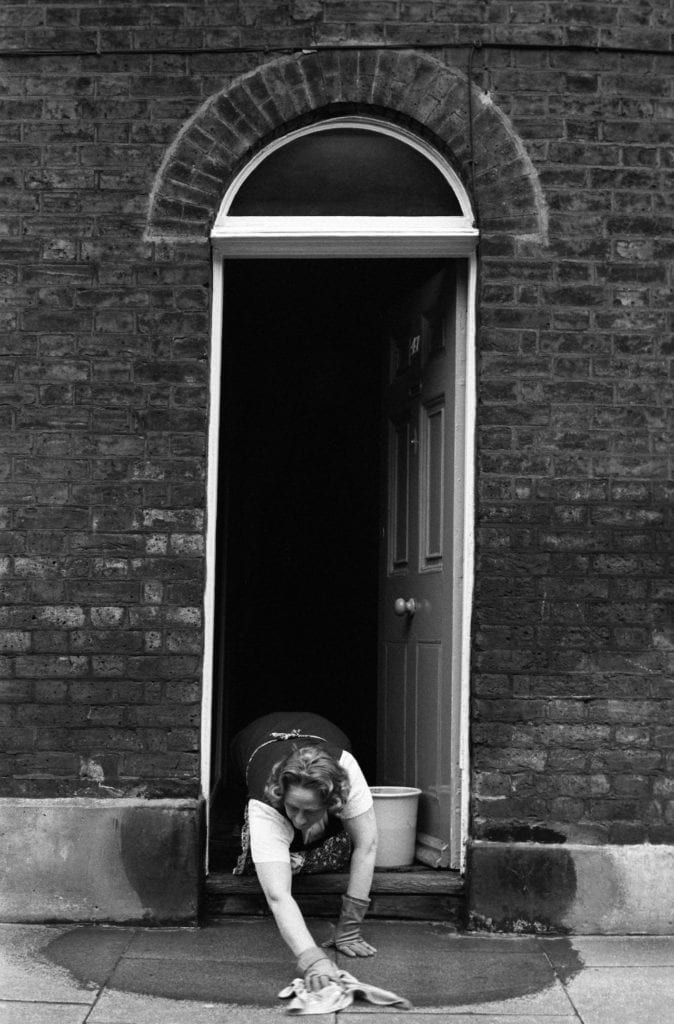
“I have always been interested in documenting Britain and have been doing so for 50 years come 2018. The north of England was new to me, visually exciting, and I wish now I had spent more time documenting life there,” he says. “There is a gentle humour I have been told to many of the pictures, whether they were taken in the industrial north of England or elsewhere.”
One of the more politically-charged events Sykes witnessed was the Battle of Lewisham, which took place 40 years ago this year in the London borough. Cafe Royal Books recently published a collection of photographs from that day, named after the event, showing the civil unrest and clashes as members of the left and the right fought it out over the issue of immigration. The gravity of that moment has stayed with Sykes.
“The chaos, people falling over in the push and crush. The smoke bombs and missiles thrown, and of course, the memories of making some, I believe very pertinent images,” says Sykes. It was a news event but Sykes tried to avoided going after the action, hoping instead to convey something of the divide and unrest that had lead to the crisis.
“I was looking for other moments, spontaneous juxtapositions that gave depth and understanding to the demonstrator’s predicaments,” he says. “Those sorts of images are not responded to by daily news picture editors.
“I believe that the great strength photography has, and in particular documentary photography, is content,” he continues. “So much of what is published today, seems to me to be contentless. I hope my photography illuminates and resonates with viewers and tells how British society was. And, of my more recent work, of how society is.”
Sykes latest photobooks, including The Battle of Lewisham and My Britain, are available to purchase through Cafe Royal Books. How We Are, featuring the work of Homer Sykes, will be open to the public from 18 September to October 1 at Old Sessions House.
https://homersykes.photoshelter.com/
